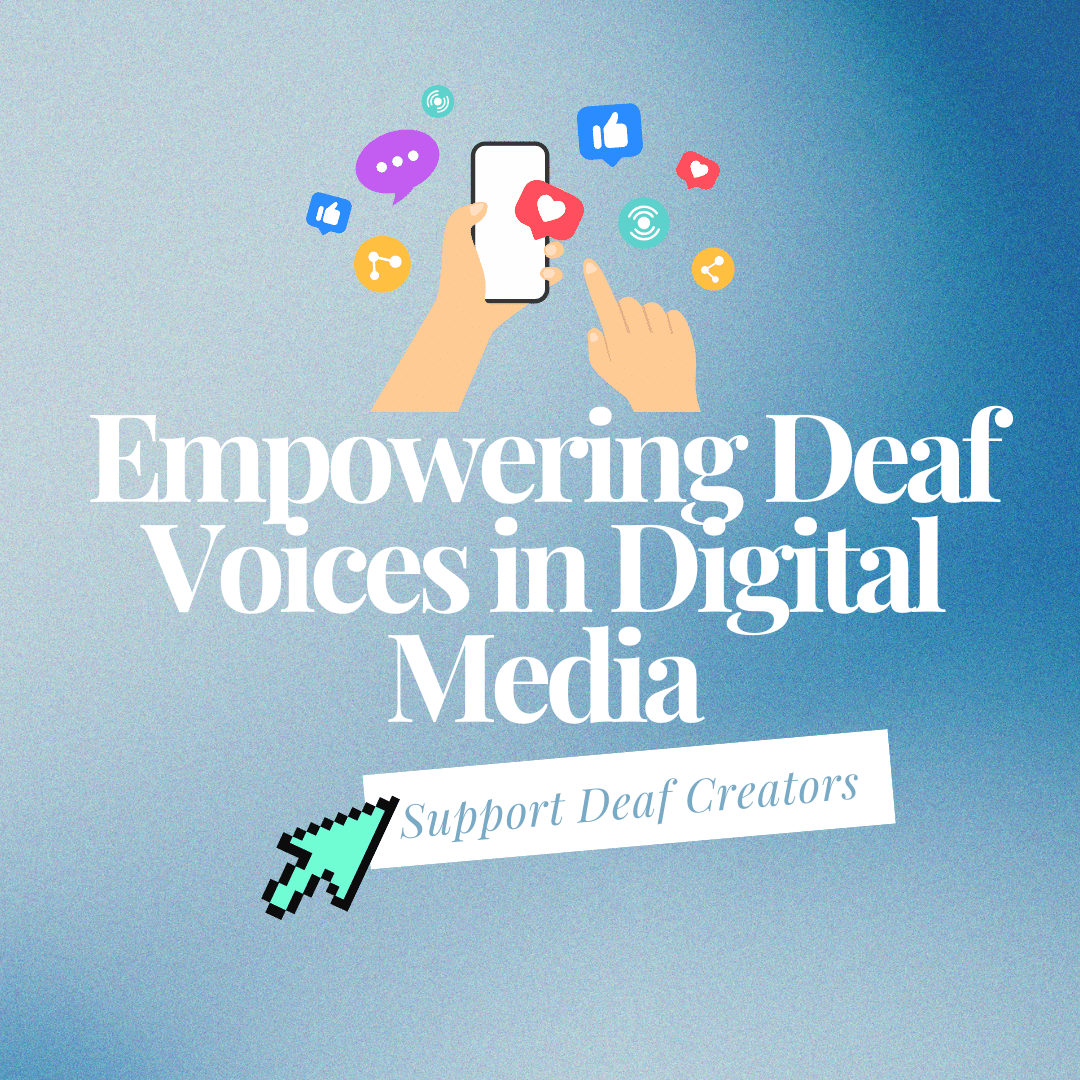
Understanding and Learning American Sign Language

Understanding and Learning American Sign Language
What is American Sign Language?
Learning American Sign Language is trending now more than ever before. Commonly referred to as ‘ASL,’ American sign language is a natural language that began via contact with English and has evolved through continued use since its 19th-century origin at the American School for the Deaf (ASD) in Connecticut. Since that time, the use of ASL has been spread widely by schools for the Deaf and Deaf community groups. Estimates for the number of users in the U.S. vary from 250,000 to 500,000 individuals, counting the children of deaf adults.
ASL functions as the principal sign language of Deaf populations in the U.S. and in the majority of English-speaking Canada. ASL is an inclusive, systematic visual form of communication that’s conveyed through the combined use of hand gestures and non-manual elements. Besides North America, dialects of ASL and ASL-based creoles are used in many areas of the world. ASL is also commonly studied as a second language, and serves as a bridge language used for communication between people who don’t speak the same native tongue.
Historical Facts about Sign Language
The historical record on sign language as a means of communication in the West begins in the 1600s, though references to interactions using hand gestures go back to Ancient Greece. In Plato’s dialogue Cratylus, Socrates says, “If we had neither voice nor tongue, and yet wished to manifest things to one another, should we not, like those who are mute, endeavor to signify our meaning by our hands, head, and other parts of the body?”
For centuries after Plato, scholars believed that deaf people were unteachable, but some educators tried anyway. In 685 A.D. John Beverly, the Archbishop of York, England became famous for teaching a deaf boy to speak. But instead of seeing this success as evidence that deaf people could learn, thinkers of that time saw it as a case of divine intervention. They believed that the only way deafness could be “overcome” was for the Deaf to speak the same language as the hearing people around them.
It wasn’t until the 1817 founding of the American School for the Deaf (ASD), the first permanent deaf school in the U.S. that society truly began to change its attitude toward deaf people, although earlier schools for deaf children existed in France and Germany. At ASD students were taught primarily in American Sign Language (ASL), which was based on the methodical signs and Parisian sign language system used at the French Institute for the Deaf.
Some Benefits of Learning American Sign Language
For those who are deaf or hard of hearing, learning sign language is essential to functioning in society. However, many people may not appreciate the fact that sign language can be a valuable skill for virtually anyone to acquire. Although the most important basis for learning ASL is to gain the ability to convey thoughts and feelings without words, an increasing number of studies reveal that the advantages of learning how to sign go well beyond this basic function. Some of these other benefits include the following.
1. Enhancement of Parent-Child Relations
Research shows that teaching infants and toddlers how to sign basic words can enhance parent-child interaction, and may even improve a child’s confidence and self-esteem. This is so because young children often cannot convey their feelings, leading to anger and aggravation for both parents and children. When children are upset, the ability to sign can avert irritation and fits of temper by allowing them to communicate their condition, such as hunger or pain. Communicating in sign language can also increase bonding between parents and offspring due to the eye-to-eye and physical contact involved.
2. Improved Spatial Reasoning
Another intriguing benefit of learning sign language is that it enhances spatial reasoning ability, or the capacity to perceive items in the environment and think about them from a three-dimensional perspective. This skill is essential to Math and Science, but it also helps with creative tasks such as drawing and painting.
A study at the University of Massachusetts found that people fluent in ASL can more easily process complex spatial information than others and are more likely to make intuitive observations.
Why is Sign Language Important to Learn?
Unsurprisingly, sign languages are important to learn because they’re the key communication tools for many deaf and hard-of-hearing people. In addition, sign languages are the native languages of the Deaf community and offer the Deaf and hard-of-hearing full access to interactions with their peers and others in society who can sign.
Although sign languages are used chiefly by the Deaf, they’re also used by other groups, such as those who can hear but can’t speak. Approximately 11.5 million U.S. citizens or about 3.5 percent of the population have some level of hearing impairment, varying from problems with hearing conversations to total deafness. In light of this fact, it’s crucial that members of the hearing population learn ASL to communicate with them properly.
Below are other key reasons that make ASL an important skill.
1. Sign Languages are More Expressive
Using sign language involves more than just the hands; it’s also about moving the arms, body and face. In sign language, facial expressions can convey both feelings and grammatical information. For example, raising and lowering the eyebrows can be used to change a sentence from a declaration to a question. So, if you’re ever communicating in sign language, make certain that you’re using the proper facial expressions or you could be giving a message that’s different from what you mean.
2. Listening with the Eyes is Necessary
People who know a sign language are often much more skilled listeners than those who don’t. With sign language, constant eye contact with the person signing is necessary. The listener can’t look away from the individual signing and still listen. This can be highly beneficial in using both spoken language and sign language. Maintaining eye contact with a person using spoken language shows that the listener is truly paying attention to what’s being said.
Ways to Learn Sign Language
Considering the great value and benefits of sign language for both the hearing-loss population and society as a whole, ASL has become one of the most popular languages to learn among college students, ranking fourth behind German in a recent Modern Language Association survey. Moreover, the number of people studying the language has increased by more than 50 percent over the past ten years.
If you’d like to join in on this trend, here are some of the ways to learn sign language available today.
-
Attend a Sign Language Course
This is one of the top ways to learn sign language. Local community centers and colleges often offer both day and evening classes, where qualified sign language instructors can help you acquire sign language skills. Classes are also ideal places to meet people and observe signs being used face-to-face.
-
Learn Online by Viewing Videos
Like many subjects nowadays, sign language can easily be studied online through videos such as those on our Youtube channel (youtube.com/channel/UCI1HHPBLTdA0TOFwcfQqsIA). An advantage of this way to learn sign language is that you can replay the videos as often as you like in your own home or apartment.
-
Join a Sign Language Club or Go to a Deaf Café
Many communities have deaf clubs and cafés where sign language is used for communication. Here you can meet new people who share hearing loss and refine your sign language skills. Local Deaf charities or organizations may be found using websites such as SocialASL.com.
-
Take an online course
Online courses offer more flexible alternatives to in-person classes. One of the fastest and easiest ways to learn ASL is by taking courses offered by Start ASL.
-
Work with a Sign Language Tutor
This is a quick way to learn sign language. Start ASL offers an ASL offline course, an ASL teacher’s package, and an ASL homeschool package.
-
Observe and Learn from Interpreters
Signs can easily be picked up by watching other people signing, especially sign language interpreters at deaf gatherings or on T.V. during live events. In addition, some T.V. shows such as “Switched at Birth” also feature the use of sign language.
-
Learn from Deaf friends and Family Members
If you have friends or relatives who use sign language, having them teach you signs will make communicating with them easier.










